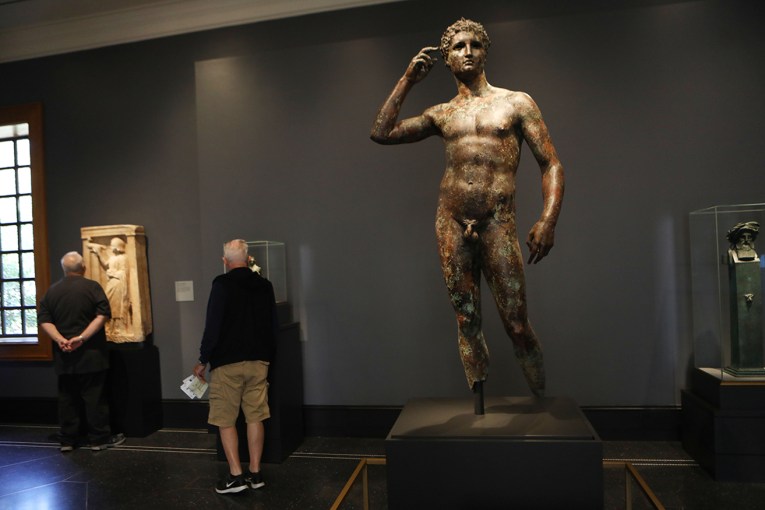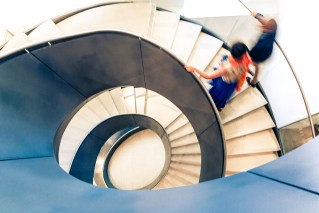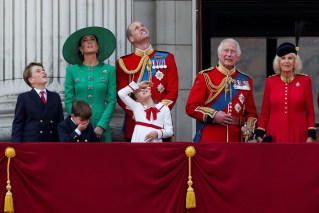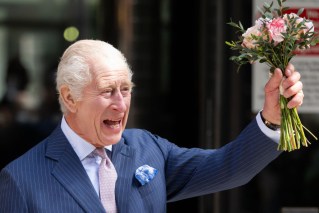Dancing may be the best exercise for mental health

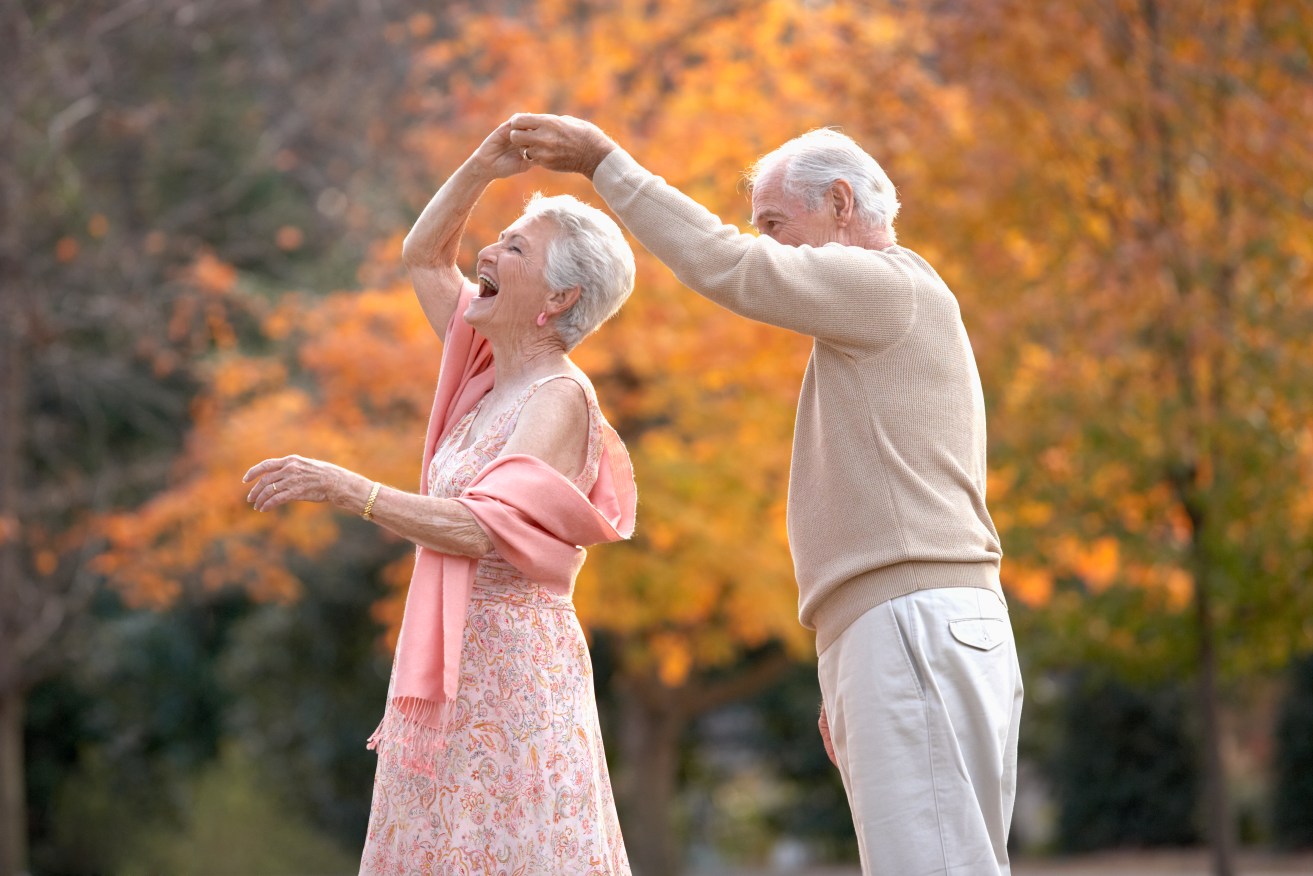
Just six weeks of dance lessons can significantly improve psychological and cognitive health outcomes. Photo: Getty
In the past 10 years or so, researchers have been investigating dance – particularly dance classes and social dancing – as a powerful treatment for ageing.
Much of the focus has been on how dancing helps improve cognitive function and psychological health.
But how good is it really? How does dancing stack up against other kinds of exercise?
Very well indeed
A new study, from the University of Sydney, finds that “undertaking structured dance of any genre is generally equal and occasionally more effective than other types of physical activity interventions for improving a range of psychological and cognitive outcomes”.
In other words, dance does as good a job at boosting mood and preserving thinking skills than other types of physical activity.
And sometimes it does a better job than going to the gym or playing team sports. We’ll get back to that.
Benefits for people of all ages
The study, a large systematic review of previous studies, wasn’t confined to ageing participants.
They came from across the lifespan – from seven to 85 years. Some were healthy, others were dealing with chronic disease. The conditions included Parkinson’s disease, heart failure, cerebral palsy and fibromyalgia.
The dance interventions included theatrical dance, aerobic dance, traditional dance forms and social dance.
They were “favourably compared to a number of physical activities including team sport, martial arts, walking and weight training”.
And it doesn’t take much to see improvements
The researchers found that a structured dance program of at least six weeks’ duration was enough to “significantly improve psychological and cognitive health outcomes equivalent to other forms of structured exercise interventions”.
“Preliminary evidence suggests that dance may be better than other physical activities to improve psychological wellbeing and cognitive capacity,’’ lead author Dr Alycia Fong Yan from University of Sydney’s Faculty of Medicine and Health and Sydney Musculoskeletal Health said.
“These findings were not just seen in older adults, but also younger populations and people with clinical conditions as well.”
She said that “learning dance sequences may challenge cognition, partnered or group dance may benefit social interactions, and the artistic aspect may improve psychological wellbeing”.
The new study forms the second part to Fong Yan’s investigation on the effect of dance on physical health outcome measures.
Previous research
In 2018, Queensland University of Technology and Queensland Ballet published results of a joint project examining the health and wellbeing benefits of ballet for older Australians.
The three-month project, incorporating Ballet for Seniors classes, found participants experienced higher energy levels, greater flexibility, improved posture, and an enhanced sense of achievement.
They also felt happier and enjoyed a sense of community and friendship.
Other benefits
As I reported in 2021, a study from Brazil (home of the saucy Samba) found that dancing may “effectively lower cholesterol levels, improve fitness and body composition and in the process, improve self-esteem” – issues that are directly related to menopause.
A 2017 study found that dancing, which supports balance and co-ordination, helps stall the degradation of white brain tissue, the connective tissue that breaks down as we age.
A 2017 study out of Germany compared dancing with endurance training, and the effects these activities had on the brain.
The researchers noted that physical exercise has an anti-ageing effect on the hippocampus region of the brain. This is an area that controls memory, learning and balance.
The study involved elderly volunteers, split into dancing and endurance training group, for 18 months.
Both activities had an anti-ageing effect on the brain, “but only dancing corresponded to a noticeable difference in behaviour”.
This difference was attributed to the extra challenge of learning dancing routines.
It also pays to think about what dancing involves. Because the body is moving from side to side, front and back, and turning this way and that, muscles become stronger and more supple.
In other words, the entire body gets a workout.
